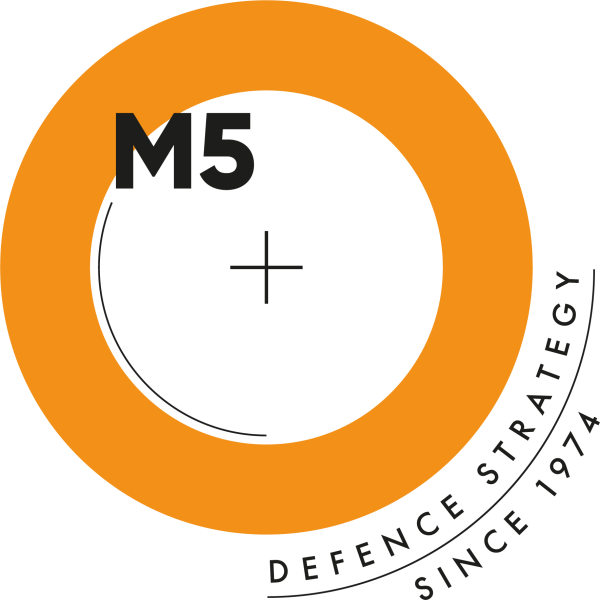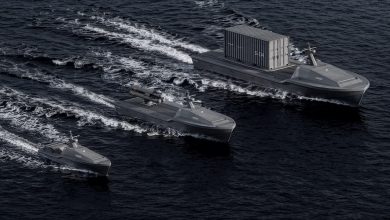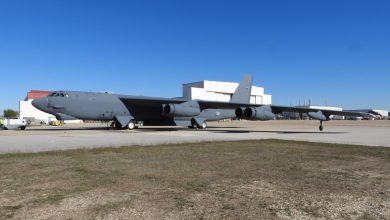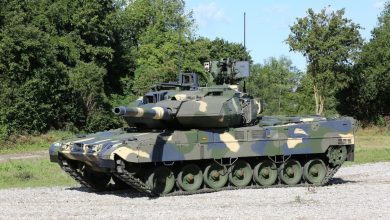New Training Rocket From Lockheed Targets Affordability in HIMARS, MLRS Drills
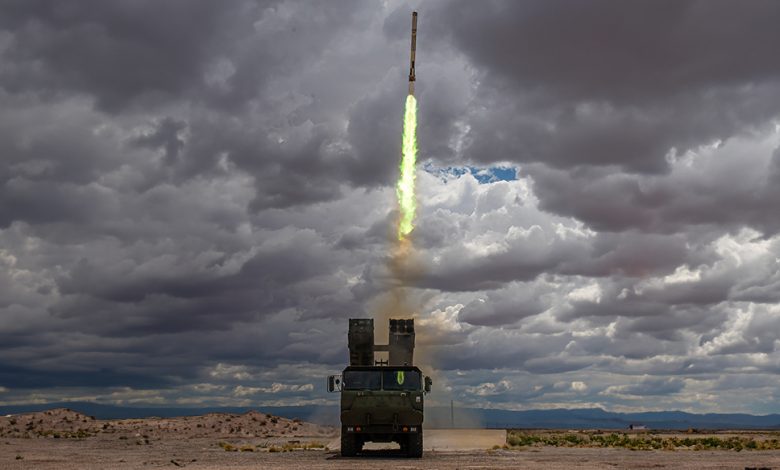
Lockheed Martin has successfully carried out the first flight demonstration of its new Joint Reduced Range Rocket (JR3), a prototype designed to replace the current Low-Cost Reduced Range Practice Rocket used by the US Army and its allies.
The trial, conducted at White Sands Missile Range in New Mexico, highlighted the rocket’s ability to support realistic training while reducing costs. After firing, the test team reloaded a new round into the same tube, underscoring the system’s reusability.
“With a pod capacity of more than 20 rockets, it meets the army’s demand for increased training volume and affordability without sacrificing performance,” Dave Griser, vice president of Precision Fires Rockets at Lockheed, said in a statement.
Addressing Training Limitations
In an interview with The Defense Post, a Lockheed spokesperson said the US Army issued an Aviation & Missile Technology Consortium agreement in July 2024 to pursue a practice rocket that better meets training and modernization needs.
That shaped the JR3’s development, with affordability factored in as a key consideration. “Design, manufacturing methods and mature technology enable our JR3 to maintain performance while keeping costs low,” the spokesperson explained, citing modular components that can be reused to reduce waste and production costs.
According to the company, the rocket’s reusability will directly change day-to-day training for HIMARS and M270 crews by cutting downtime and enabling more live-fire practice in constrained ranges.
“With the ability to reload pods in the field, soldiers can train more efficiently and effectively,” the spokesperson said.
Future Applications
Beyond training, the company said the JR3’s modular design and motor technology could be adapted for future programs such as the US Army’s Direct Support Fires Technology initiative, which focuses on low-cost, mass-producible rockets compatible with existing launchers.
The army will determine the next steps under the ongoing contract. Lockheed said future tests will continue as part of the agreement.
“While future tests will be part of the OTA (Other Transaction Authority), we’re proud to have invested in the design and demonstration of this prototype — showcasing our commitment to customers,” the spokesperson noted.
